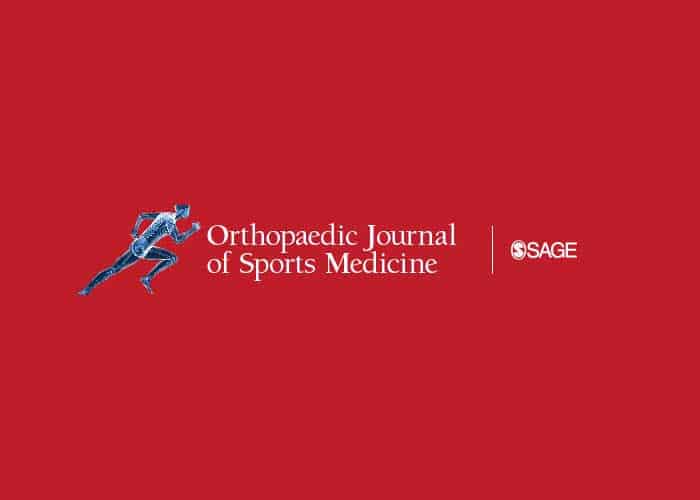
Authors:
Peter J. Millett, MD, MSc, Sandeep Mannava, MD, Ph.D., Marilee P. Horan, MPH, Salvatore J. Frangiamore, MD, MS, Zaamin B. Hussain, BA, Erik M. Fritz, MD, Jonathan A. Godin, MD, MBA, and Jonas Pogorzelski, MD, MHBA,
Abstract:
Background:
Patients are staying active longer and expect to return to sports or continue participating in recreational activities after total shoulder arthroplasty (TSA) for primary glenohumeral osteoarthritis.
Purpose/Hypothesis:
The purpose of this study was to assess the ability of patients to return to recreational sports following TSA. We hypothesized that TSA would allow a high rate of return to recreational sports.
Study Design:
Case series; Level of evidence, 4.
Methods:
All patients who underwent primary TSA by a single surgeon and were at least 2 years out from surgery were included and were studied for their ability to return to recreational activity following surgery between December 2005 and January 2015. Patient-reported outcomes were obtained, including the 12-Item Short-Form Health Survey–Physical Component Summary (SF-12 PCS); Single Assessment Numeric Evaluation (SANE); Quick Disabilities of the Arm, Shoulder, and Hand (QuickDASH) questionnaire; American Shoulder and Elbow Surgeons (ASES) score; and satisfaction scores (10-point scale), preoperatively and at a minimum of2 years postoperatively. Return-to-sport rates were assessed using a standardized patient-reported outcome questionnaire.
Results:
A total of 165 patients (186 shoulders) that received TSA met the inclusion criteria for the study. Preoperatively, 139patients (157 shoulders) were involved in recreational sports; 16 (8.6%) shoulders required additional surgical intervention after the index TSA procedure. A significant postoperative increase was noted in the mean ASES (from 48.3 to 87.0;P<.001), QuickDASH(from 41.0 to 15.8;P<.001), SANE (from 49.1 to 81.2;P<.001), and SF-12 PCS scores (from 38.6 to 48.9;P¼.004). Of the 157shoulders in the recreational sports cohort, responses to the survey examining recreational sporting activities after surgery were available for 112 shoulders. The overall rate of return to sport or recreational activity following TSA was 93.7% (105/112 shoulders). The rate of return to recreational sporting activity equal to or better than the preinjury level was 69.7% (78/112 shoulders), while6.3% (7/112 shoulders) of our cohort reported that they were unable to compete in recreational sports following TSA. Of the patients who participated in predominantly upper extremity sporting activities after TSA, 49% had to modify their postoperative recreational sporting activity because of lifestyle change, pain, weakness, or decreased range of motion.
Conclusion:
Patients undergoing TSA showed excellent postoperative improvement in their outcome scores, satisfaction, and return to athletic activities. Despite the expected decrease in activity levels with the slow progression of osteoarthritis over time until TSA was performed, almost 94% of patients successfully returned to various recreational sporting activities postoperatively. This study showed that return to recreational sports can be achieved at participation levels that are comparable with preoperative levels, but athletes in some sports such as tennis or swimming, which require more intense levels of exercise, are less likely to return to the same participation levels.
For the complete study: Return to Recreational Sporting Activities Following Total Shoulder Arthroplasty
